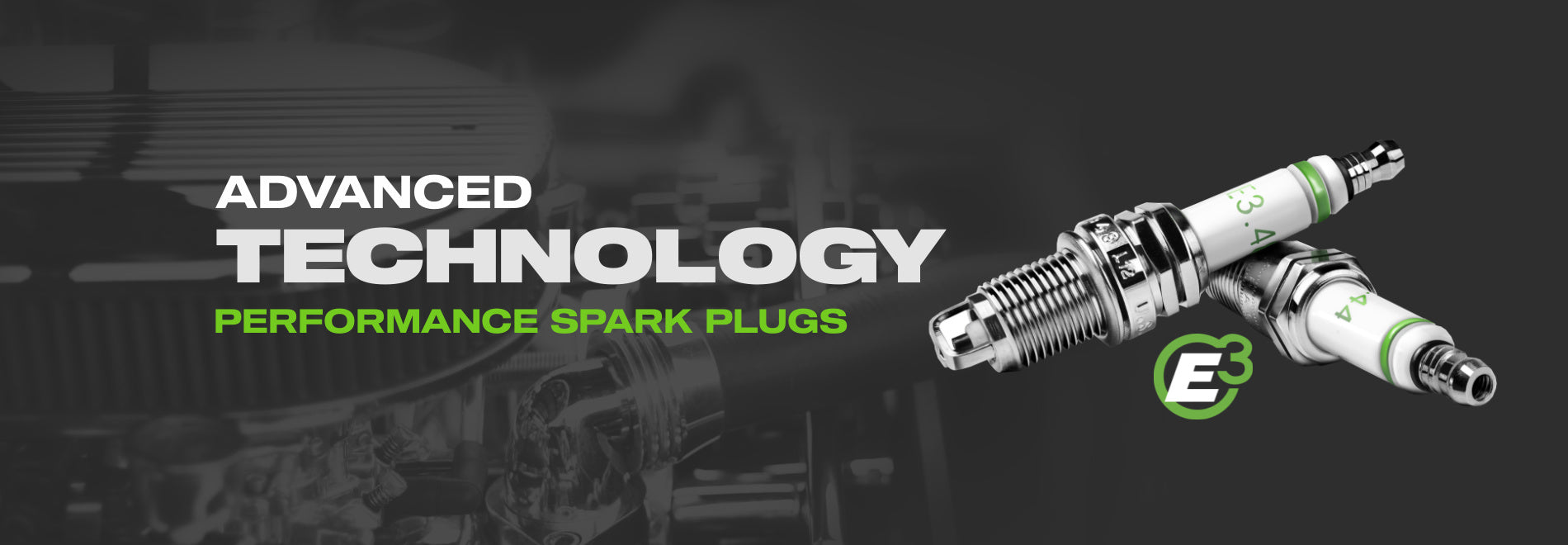Today, most car, truck and motorcycle engines use a 4-stroke combustion cycle to convert fuel into power. During the fourth cycle of strokes (intake, compression, power and exhaust), no spark occurs. Any unburned gases are delivered to the atmosphere during the exhaust stroke, after which the intake stroke follows to provide a fresh air-fuel charge. Unfortunately, both 2-stroke and 4-stroke engines emit hazardous, unburned fuel residues into our atmosphere. Consequently, the power generated by the engine and the amount of unused fuel exhausted are dependent upon the effectiveness and completeness of the burn. During our engineering research, we discovered that the ground electrode on a typical J-wire plug utilizes a single sharp edge
that often wears much too fast. Our conclusions led to the development of a diamond shaped design with a center electrode tip that exposes multiple edges to an engine's combustion space. Since electrical impulses naturally follow the path of least resistance, this made it easier for our new electrode design to provide a well-formed spark. When tested, this configuration resulted in a better burn of the compressed air-fuel mixture before the beginning of the exhaust cycle. By lowering the emission of unburned gases, we had discovered our path for going green with EPA certification as a supplemental device. Engineering scientists studied the actual pressure rise from a single combustion event with different spark plug designs.
The measurement is called the Indicated Mean Effective Pressure (IMEP). This value is determined by running a series of combustion cycles and comparing the values from one spark plug to another, keeping all other parameters (load, rpm, temperature, humidity, and related factors) equal. Double-blind tests were run comparing the area under the pressure curves itself for 500 combustion cycles per spark plug design. Then, we refined our ground electrode design to reduce the Coefficient of Variance (COV) for a series of combustion cycles. This research work was initially performed at our test labs in Atlanta, and continued with further development and evaluation at Georgia Tech and Michigan State University's Engine Research Laboratory.








